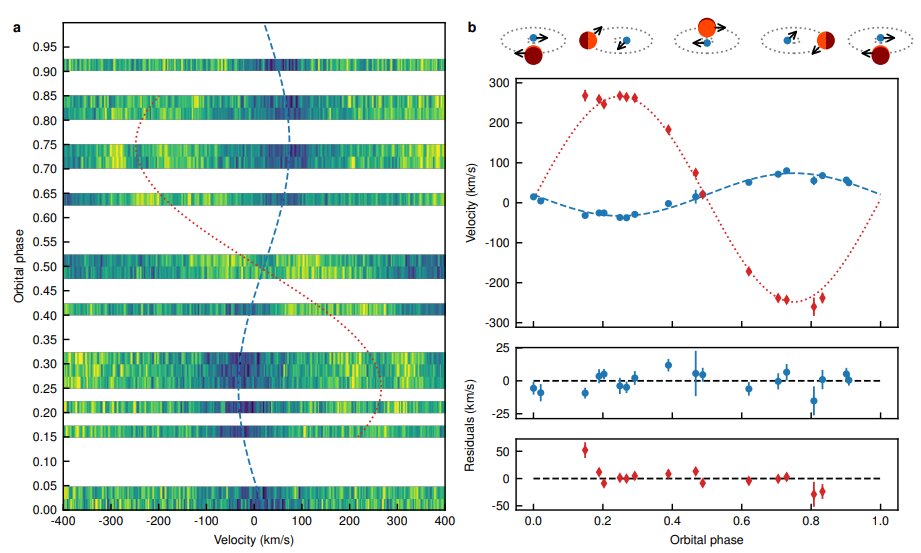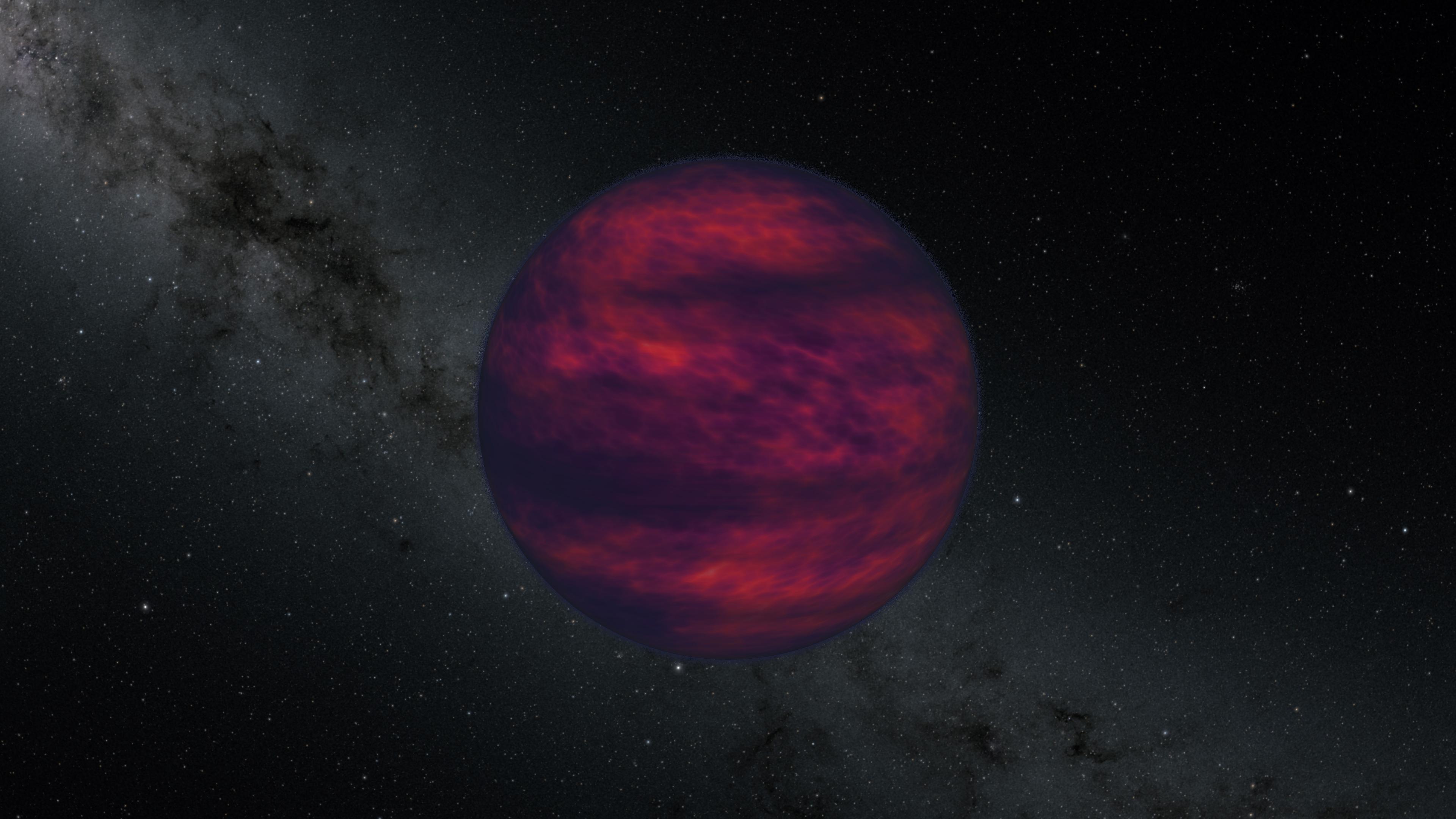
Astronomers have created the most detailed weather report so far for two distant worlds beyond our own solar system. Astronomers have created the most detailed weather report so far for two distant worlds beyond our own solar system.
The international study — the first of its kind — reveals the extreme atmospheric conditions on the celestial objects, which are swathed in swirling clouds of hot sand amid temperatures of 950C.
Using NASA’s powerful James Webb Space Telescope (JWST), researchers set out to capture the weather on a pair of brown dwarfs — cosmic bodies that are bigger than planets but smaller than stars.
These brown dwarfs, named collectively as WISE 1049AB, are the bri...
Read More









Recent Comments